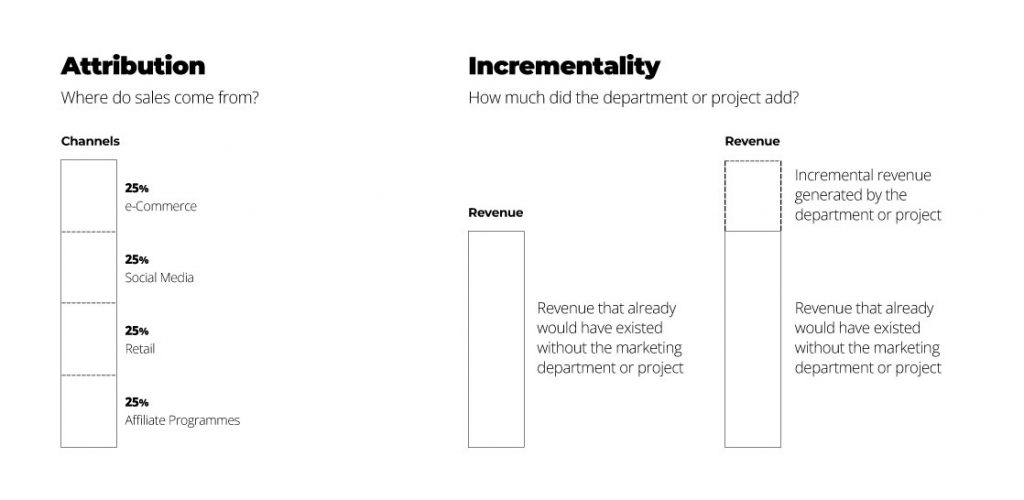In the last post the other side of the table, I shared some lessons learned about marketing partnerships from a sponsor perspective.
On this one, the objective is to discuss how the interaction with potential sponsors can be improved. In other words, to speak the same language to have a better success rate.
Closing a deal with a company to sponsor any property is very challenging, but how can we do better?
First, to understand the ‘language gap’ between brands and sports properties like clubs, leagues or federations, it’s important to recognise the different nature of these entities. While business outcomes are the top priority for companies, sports and politics are also added to sports properties’ goals.
According to Globo, only 13% of all Brazilian professional clubs are companies, while 90% of European clubs operate under a corporate model. For clubs, the transformation from non-profit associations into companies doesn’t necessarily guarantee better management, but it can help to establish a sustainable business framework.
It’s vital to learn and speak the language of sponsors to connect with them. Not only that, the changes driven by digitisation and globalisation are pushing companies to become more and more competitive.
Let’s decode what this language is about.
Brand and performance marketing
These two kinds of marketing fuel the activities of the department.
Brand marketing’s goal is to connect with an audience through an experience or product, driven by metrics built in the medium and long term like reputation, loyalty, purchase intent or likelihood to recommend. It’s more about art.
Performance marketing aims to drive short-term business results through advertising campaigns and can be measured by metrics like leads, orders, revenue or profit. Performance has more to do with science.
From the two, performance marketing is king in sponsorship. Sponsors’ boards will love to see their numbers expand. On the other hand, brand marketing is beneficial for market differentiation.
A good sponsorship impacts the business.
Attribution and incrementality
Most marketing teams that could sponsor a sports property will seek to measure where the success of their projects comes from (attribution) and what their contribution to the company’s success that wouldn’t have occurred without marketing is (incrementality).
For example, for a beer company, it is vital to understand if most of the revenue comes from supermarkets or restaurants (attribution) and the revenue contribution from their advertising campaigns that only existed because of marketing (incrementality).
The goal is to prove business results, like how many beers will be sold in the stadium on matchdays and how many via delivery on away games.
Empower sponsorship projects with data.

Win the feeling
Besides rational arguments, feeling plays a key part in many executives’ decisions.
In the end, a marketing director will be putting her credibility, image and results at risk by investing in the sponsorship. She will be the one to sign and sell the project internally.
Showing confidence, professionalism and transparency helps to reduce the risk the company will be taking. Each email, presentation, meeting and message contributes positively or negatively.
Prepare for the intangible game too.
Business case
Let’s pretend we work for a Brazilian football club based in São Paulo and prepare a brief business case.
The beer sponsor didn’t accept our renewal proposal, and performance and brand results were poor. Our Chief Revenue Officer sets the goal of signing a new sponsor of the sector with a 15% fee increase. We’ll need to offer something better, mainly business results.
The first company we want to approach is Heineken and run some performance numbers:
Context
State Population: 44 million
Club’s fanbase: 10 million
Club’s fanbase Heineken consumers: 3 million
Club’s fanbase Heineken current consumption: 1 bottle/week
Heineken profit/bottle: USD 1.00
Objective
Additional club’s fanbase Heineken consumption: 0.2 bottles/week
Strategy
Pillars: Music, Delivery, Loyalty.
Tactics
Music: organisation of music festivals on weekdays.
Delivery: creative promotions on away games.
Loyalty: offers for members with the most attendance.
Results
Incremental profit: 3 million x 0.2 bottles/week x USD 1.00 = USD 600,000
Bonus: a good CRM with information about fans’ behaviour and interests multiplies the chances of success. Data is money.

Designing an attractive proposal takes more effort, time and data. The goal here is to stress the importance of a business-oriented project.
In the last FIFA World Cup, Brazil’s food delivery sponsor Rappi increased turbo orders by 7x compared to usual peak hours. PagueMenos’ sales grew 60% on the Seleção matchdays. Incremental revenue from activation.
Persistence and expertise are key. Find out which business sectors connect naturally with your audience.
